NIGHTS ON CHOCO MOUNTAIN
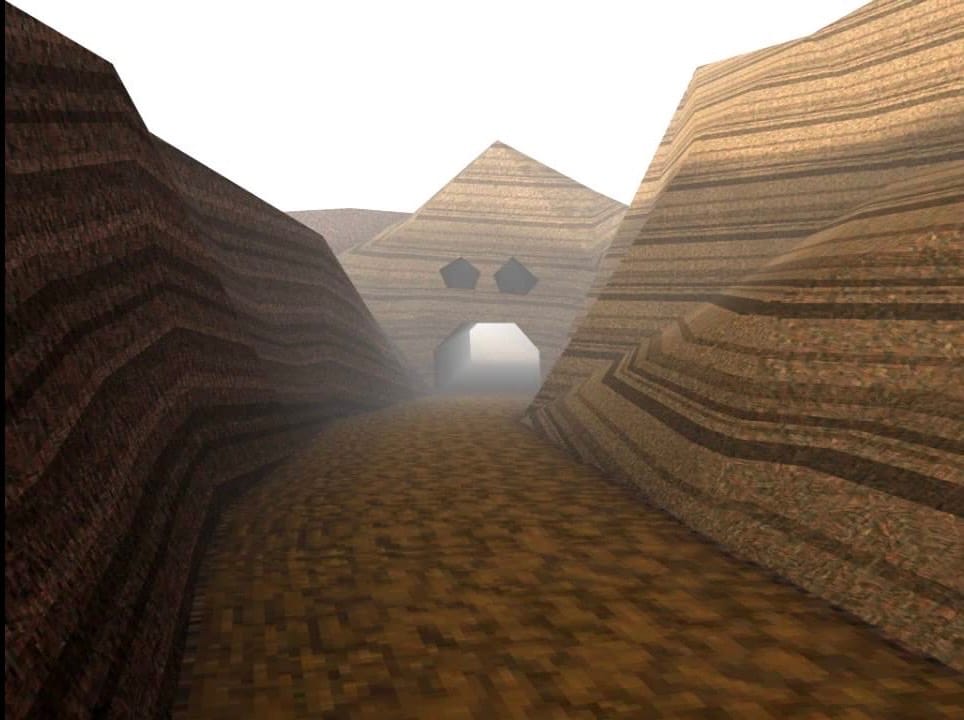
Picture the scene.
You're a large and powerful ape wearing a bright red tie, strapped into a yellow kart, about to embark on what appears to be a racetrack that, at first glance, looks more like giant sheets of cardboard than anything resembling a mountain of chocolate.
But don't get complacent. Once Lakitu (a turtle-shelled Koopa referee who sits on a cloud) begins his countdown and the traffic lights above your vehicle turn green, you're off to the races.
Rarely will you experience an adrenaline rush quite like this, as you spend a frantic minute-plus attempting to outwit your fellow racers, including Princess Peach, Toad, Wario, Bowser, and a couple of famous Italian brothers named Mario and Luigi, to claim the title of king of the mountain they call Choco.
To paraphrase Bill Shankly: "Choco Mountain is not a matter of life and death. It's far more important than that."
What am I talking about?
Let me explain.
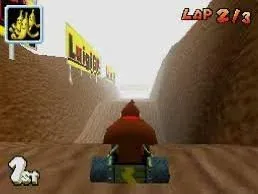
When the great book of my life is read before me (Michael Aspel style) in heaven—or hell—and all the seconds, minutes, and hours are accounted for, it may be with some guilt that I am forced to recall the many nights spent on Choco Mountain, competing with close friends to break the all-time track record.
Do I regret it?
Would a Thwomp regret crushing a kart?
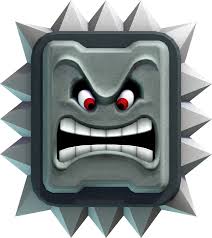
Choco Mountain became a state of mind for us Mario Kart racers back then—a fantastical simulation landscape where the potential for pure focus revealed itself. It helped us glimpse what it might be like to break the speed barrier and enter a transcendental realm beyond reality itself, like the astronaut in 2001: A Space Odyssey who ends up in a surreal, otherworldly place, being watched by intelligences vastly superior to ours.
Choco Mountain was just one of the many courses featured in the iconic racing game Mario Kart 64, which was designed for the greatest gaming console of all time: the Nintendo 64. But what was it that distinguished it from the other courses and made it so compulsively competitive?
Flow state.
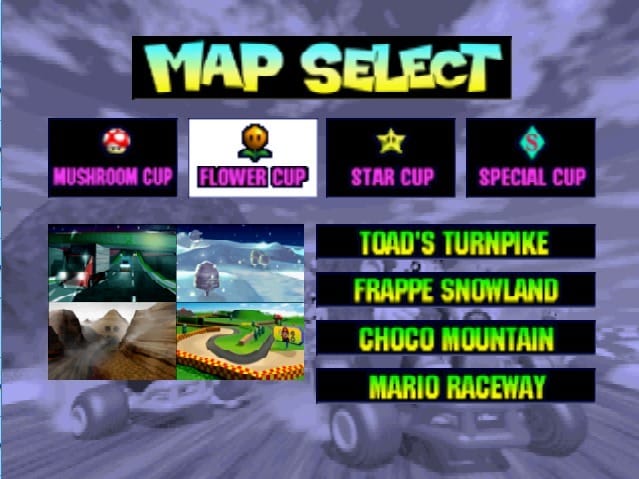
As great as Mushroom Cup's Koopa Troopa Beach, Star Cup's Wario Stadium, and Special Cup's DK's Jungle Parkway were, none provided the pure racing flow state of Flower Cup's Choco Mountain. While not without its obstacles, it offered the smoothest race of them all, allowing players to achieve true harmony with the track.
There I would be, guiding Donkey Kong in his undersized kart, weaving through the narrow paths of the mountain with sharp turns and narrowly avoiding falling into steep ravines. My hands would grip the controller tightly as I skilfully dodged trails of banana peels left by my enemies, narrowly escaping green and red shells homing in on me by executing perfectly timed jumps, and keeping my kart steady over the precarious ridges. Each drift around the curvature of the mountain felt like an audacious artistic statement of defiance—like a jazz solo in a smoky club. As I dodged boulders tumbling down the slope, I would hit the final stretch, feeling the electrifying combination of danger and speed propelling me toward the finish line, praying to God that I wouldn't be defeated by my nemesis, Mr. Mackintosh.
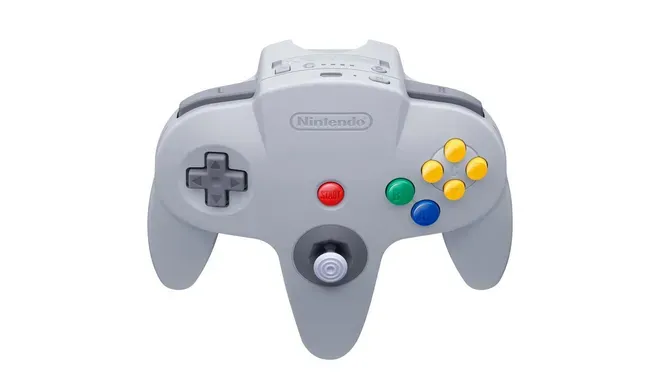
The other day I saw the old N64 and Mario Kart cartridge stuffed in a plastic bag at the back of my attic. The old grey controllers looked forlorn and unloved and for a moment, I could hear the funky sound of Kenta Nagata's soundtrack echoing through the halls of my memory.
My hands twitched momentarily, like the postmortem spasm of a corpse—muscle memory from a past life
I was tempted to return to Choco Mountain one last time, but the truth is, without a goading karting adversary to challenge my skill at the highest level, it would be a hollow gesture. Still, I wondered whether I could race against the ghost of my youth, as past time trials were saved from decades earlier inside the console.
As it is in life, time will be my greatest challenger if I return once more to the ever-impassive Choco Mountain.
And no, I don't regret it.